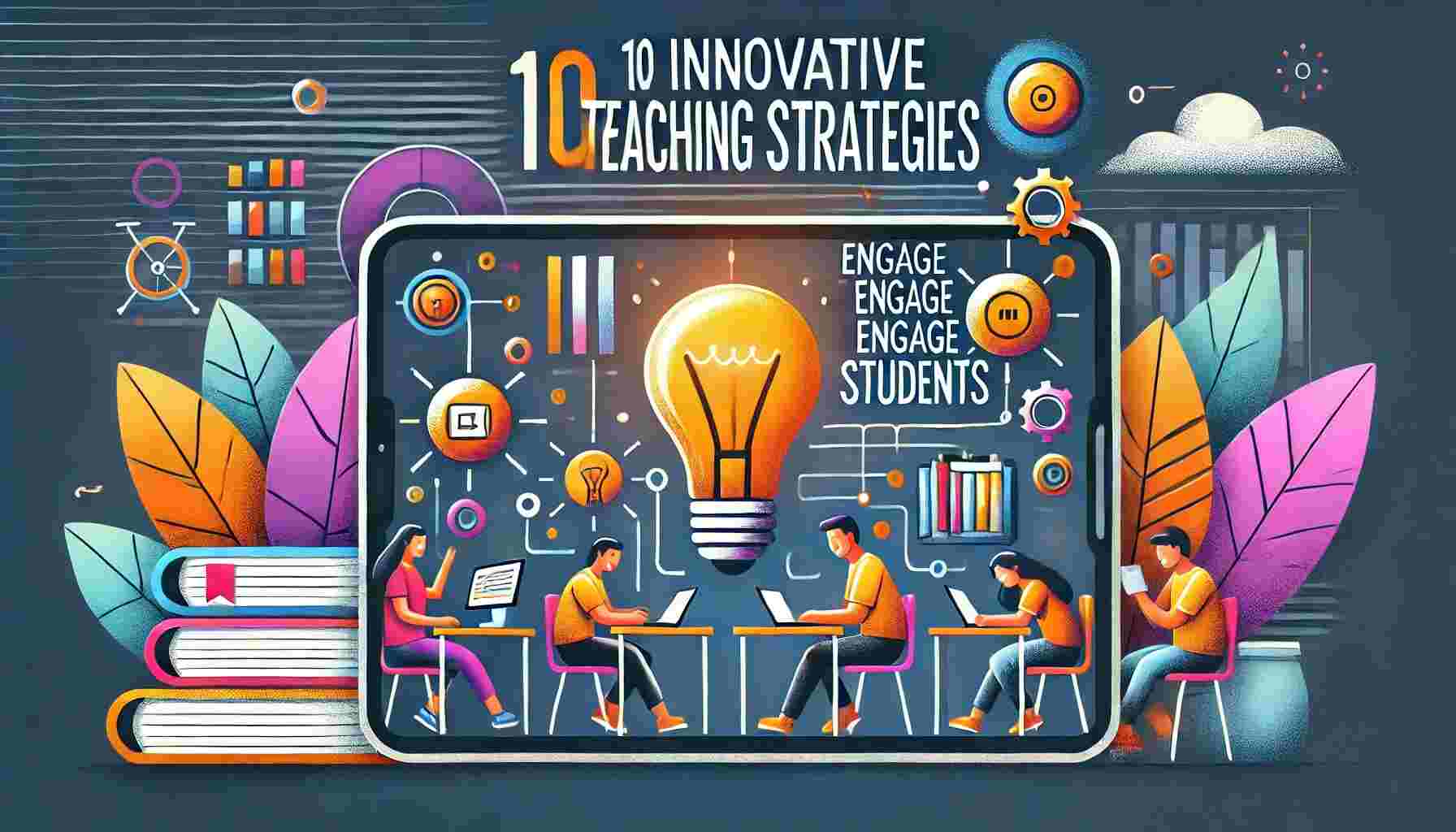The following revision presents 10 Innovative Teaching Strategies to Engage Students along with customized illustrations that align with various subjects across different educational levels.
1. Gamification of Learning 🎮
Teachers should convert lessons into interactive games through the implementation of leaderboards plus points and challenging tasks.
The math teacher implements Kahoot! by conducting quiz competitions that award students points through correct responses. Educational escape rooms programmed for digital use in English help students practice vocabulary and grammar elements.
2. Flipped Classroom 🔄
Students consolidate new material through educational content at home before using class sessions for interactive discussions and hands-on problem-solving sessions.
Science students receive Newton’s Laws content as a homework assignment through a submitted video. The classroom experimental work of students investigates actual implementations of the studied laws.
3. Project-Based Learning (PBL) 🏗
Students solve genuine worldwide problems through project work that demands research along with creative and collaborative tasks.
Middle-school students in history make documentary films about the local historical sites. Elementary science students must develop water filters which enable them to discover solutions for clean water production.
4. Inquiry-Based Learning ❓
Students must independently investigate answers to their questions through examination.
Middle school biology students investigate leaf color change during autumn by properly researching while performing direct experiments with leaves.
5. Peer Teaching & Collaboration 🤝
Students go one by one explaining material to their peers in order to enhance their knowledge of the subject.
The language arts class pairs students for two activities where one student explains grammar rules and the other develops practical real-world examples. Math groups share different approaches to solution problems with each other.
6. Augmented Reality (AR) & Virtual Reality (VR) 🌍
Students can interact with virtual reality applications that visually represent hard-to-grasp theoretical matter.
The geographic class allows students to interact with Google Earth VR to virtually explore the Grand Canyon holdings. Students can use AR apps to examine 3D human body models when they study anatomy.
7. Storytelling & Role-Playing 🎭
Creating lessons as interactive performances together with stories helps students become more engaged.
The literature class uses student-led performancs of Romeo and Juliet scenes as a way to study narrative themes. The students participate in a United Nations simulation where they play specific roles in this mock parliamentary debate.
8. Personalized Learning Paths 🚀
Technology allows teachers to customize instruction by considering student achievements and learning requirements.
The math education software DreamBox and Khan Academy varies content difficulty by analyzing student answers during their work. Students choose individual reading materials according to personal suggestions and they determine their own reading speed.
9. Cross-Disciplinary Learning (STEAM Approach) 🔬🎨📊
Creating combinations between different subjects leads to stronger understanding alongside creative thinking.
Students develop 3D cell models by working on an art-science combination project which utilizes clay materials. Students understand fractions by applying research about musical rhythms and beats.
10. Real-World Connections & Experiential Learning 🌱
Real-world application brings classroom topics to live interactions rather than textbooks.
Within economics education high school students establish and maintain their own small enterprise. Students in elementary school maintain a vegetable garden for studying plant growth across life cycles together with sustainability practices.
